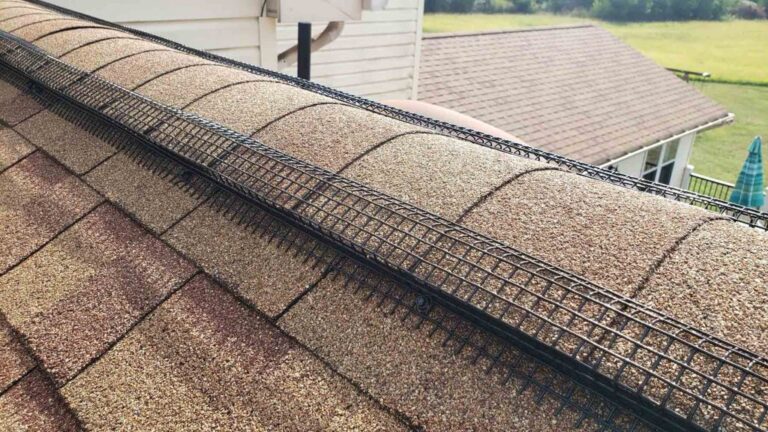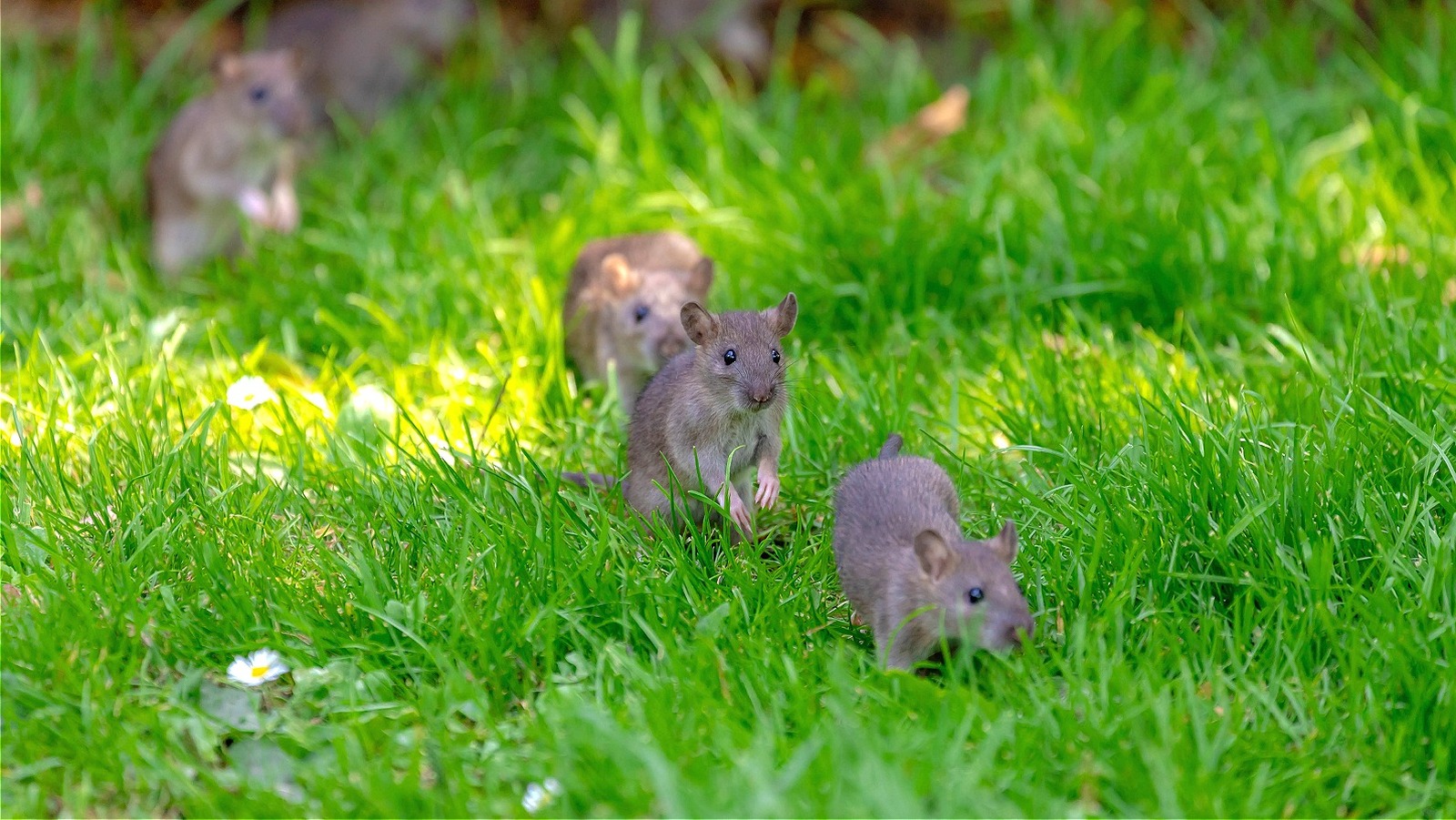Wildlife intrusion into homes can be a stressful experience, both for homeowners and the animals themselves. Understanding wildlife behavior is key to preventing these intrusions without resorting to harmful methods. By learning more about their habits and tendencies, we can create a harmonious living space for both humans and wildlife.
Recognizing Wildlife Behavior Patterns
Animals often seek shelter, food, and warmth, leading them to explore residential areas. Raccoons, squirrels, bats, and other critters may find attics, chimneys, or crawl spaces appealing nesting spots. Understanding their behavior patterns can help homeowners detect their presence before a full-scale intrusion occurs.
Tips for Identifying Wildlife Presence
- Signs of Entry: Check for openings, gnaw marks, or droppings around the property. Small openings or chewed wires are common signs of animal presence.
- Nocturnal Activity: Many animals, like raccoons, are nocturnal. Hearing scratching or movement at night could indicate their presence.
- Damaged Plants or Gardens: Wildlife often forages for food in gardens. Keep an eye out for damage to plants or produce.
- Nesting Materials: Birds, squirrels, or rodents might gather nesting materials around the property.
Preventing Intrusion Through Understanding
Understanding why animals are attracted to certain areas of the home can help prevent intrusions without causing harm. Here are some humane prevention strategies:
- Seal Entry Points: Regularly inspect and seal any openings or gaps in attics, walls, or roofs to prevent access.
- Remove Attractions: Secure garbage cans, remove pet food outside, and clear fallen fruits to minimize food sources.
- Use Deterrents: Employ non-harmful deterrents like light or noise devices to discourage wildlife from nesting in certain areas.
- Maintain Landscaping: Trim branches and shrubs away from the house to reduce potential entry points.
Conclusion
Understanding wildlife behavior is an invaluable tool in preventing intrusions while maintaining a respectful coexistence. By recognizing signs of wildlife presence, implementing preventative measures, and respecting their habitats, homeowners can ensure a safer and more peaceful living environment for both themselves and wildlife.
Remember, if wildlife intrusions become persistent or overwhelming, seeking professional help from a humane wildlife removal service is always a viable option.



